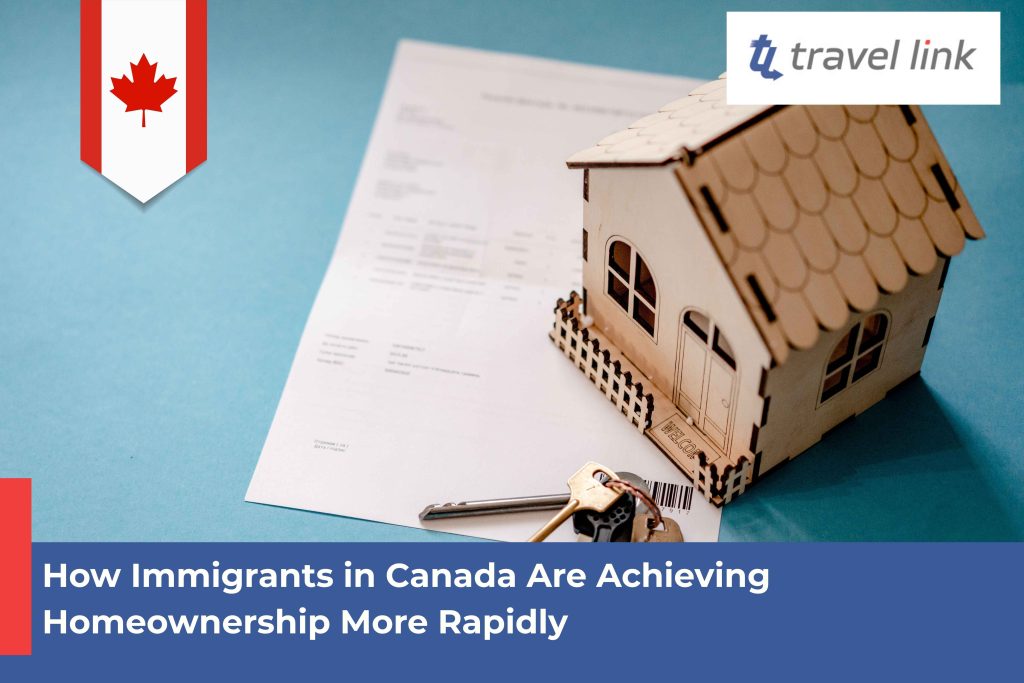In recent years, there’s been a notable trend in Canada: immigrants are attaining homeownership at a faster rate. A study conducted by Statistics Canada indicates that newcomers typically shift from renting to owning homes within their first six years in the country. This article examines the factors driving this change and its significance for both immigrants and the Canadian housing market.
The Path to Homeownership
Initial Years: Renting Prevails
For the first five years after arriving in Canada, most immigrants choose to rent. Data shows that in their first year, only 70 out of every 1,000 immigrants own homes, while approximately 236 are renting. This initial phase is vital for establishing financial stability, enhancing credit scores, and saving for future investments.
The Turning Point: Year Six
By the sixth year, a significant shift occurs. The number of immigrants living in owned homes exceeds those in rented accommodations. This change reflects growing financial stability and greater integration into the Canadian economy. Homeownership rates continue to rise, with owned housing increasing from 147 to 218 units per 1,000 immigrants between years five and ten.
Long-Term Patterns
From year eleven onward, the trend remains steady. More immigrants continue to purchase homes, while rental rates decline. By the fifteenth year, 267 per 1,000 immigrants are homeowners, and this figure rises to 321 by the twentieth year. Notably, by this time, homeownership rates among immigrants surpass those of Canadian-born citizens.
Factors Influencing Homeownership
Economic Immigrants at the Forefront
A significant factor in this trend is the arrival of economic immigrants—individuals chosen based on their skills and potential in the job market. These newcomers often experience higher employment rates and income growth, making them more inclined to invest in homeownership.
Evolving Household Structures
The transition from renting to owning is also shaped by changes in household structures. Many immigrants begin their journeys in shared or extended living arrangements. As their financial situations improve and household sizes decrease, they tend to move toward more independent living, which contributes to increased homeownership rates.
Conclusion
The ability of immigrants in Canada to achieve homeownership more swiftly than ever is a reflection of their resilience and adaptability. With improved financial stability, enhanced job opportunities, and shifting household dynamics, newcomers are making significant progress in the housing market. This trend not only benefits the immigrants themselves but also strengthens the Canadian economy overall.
